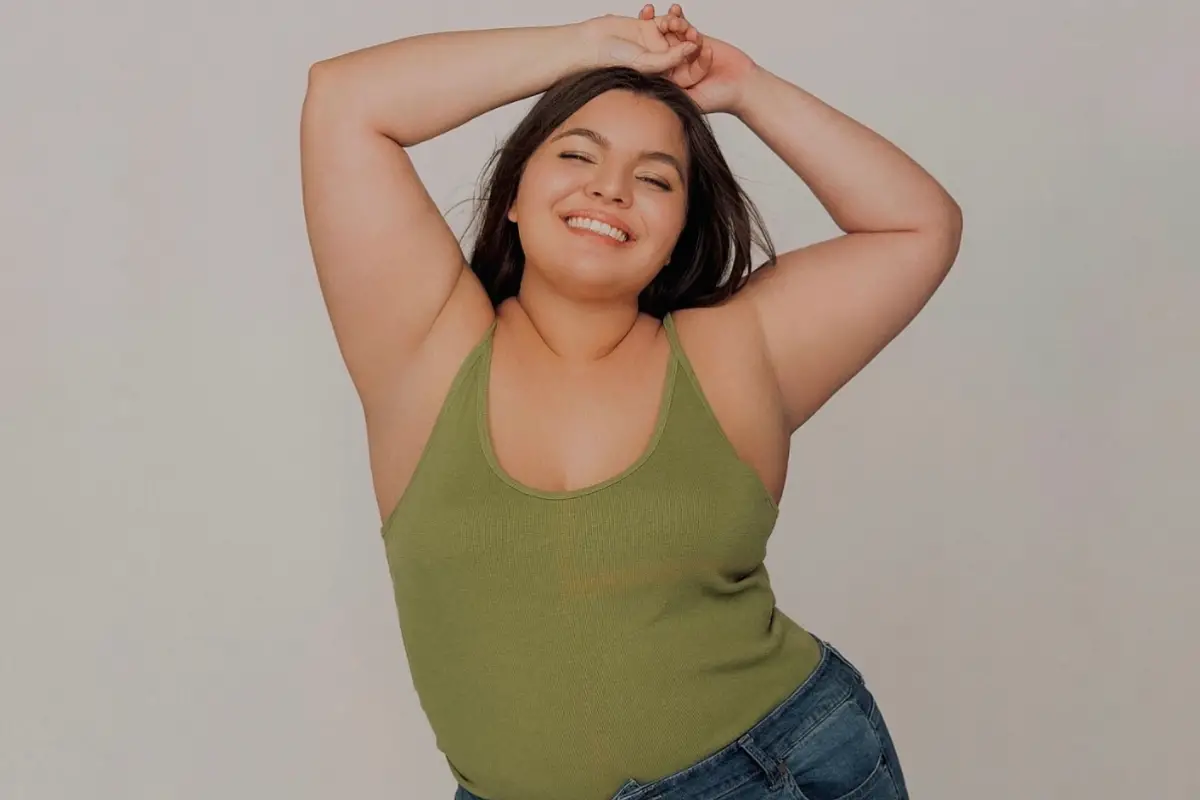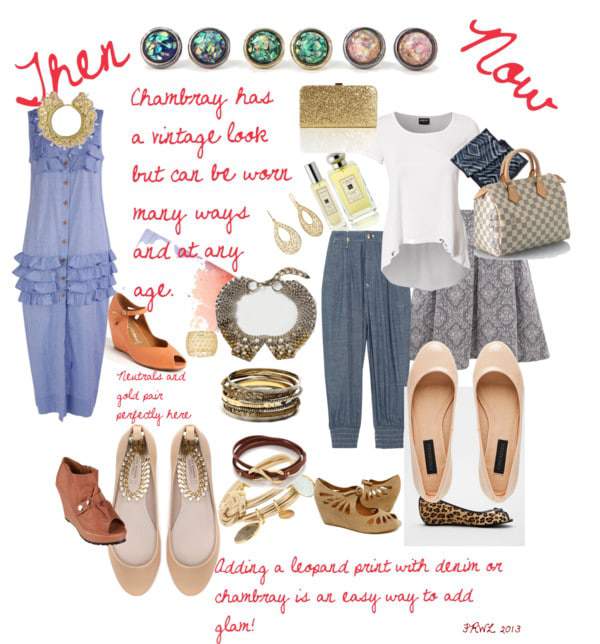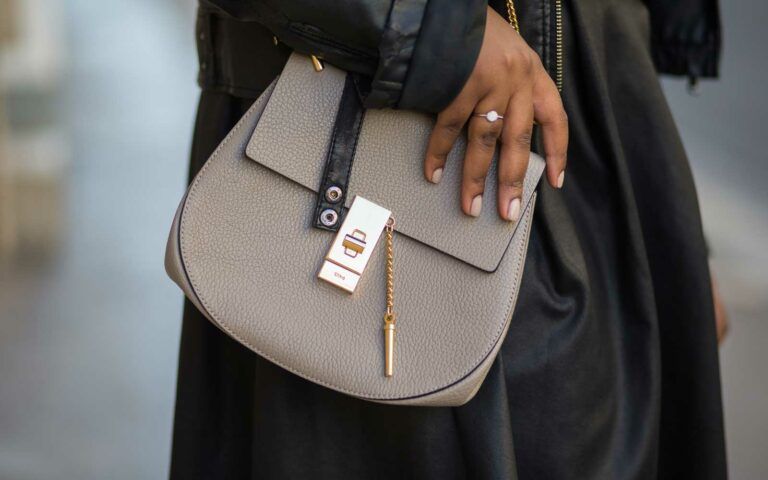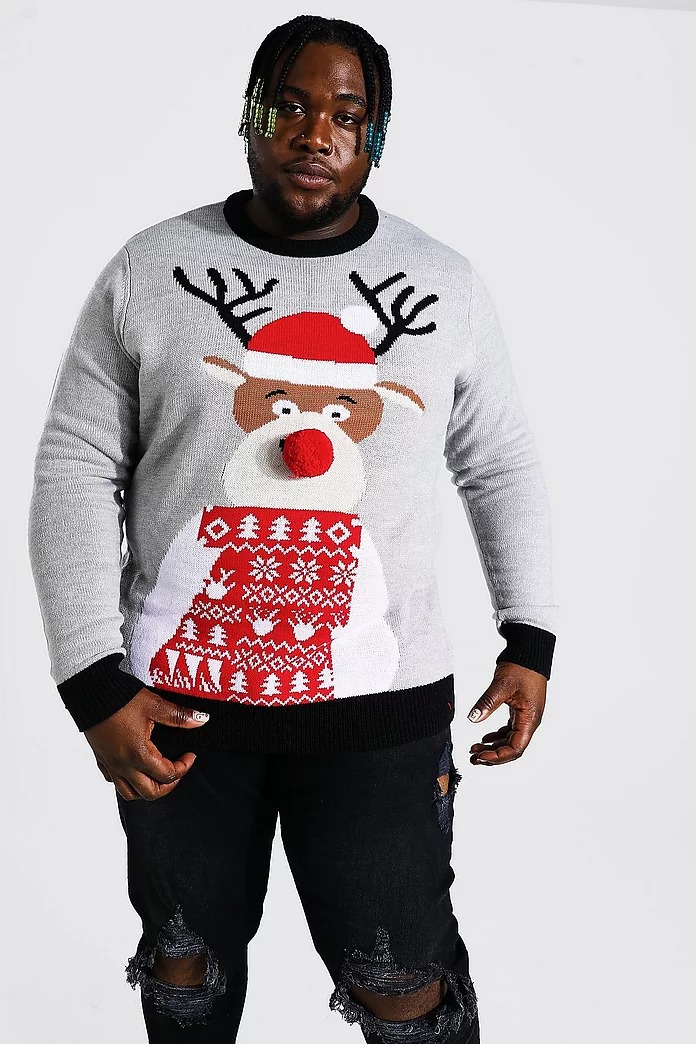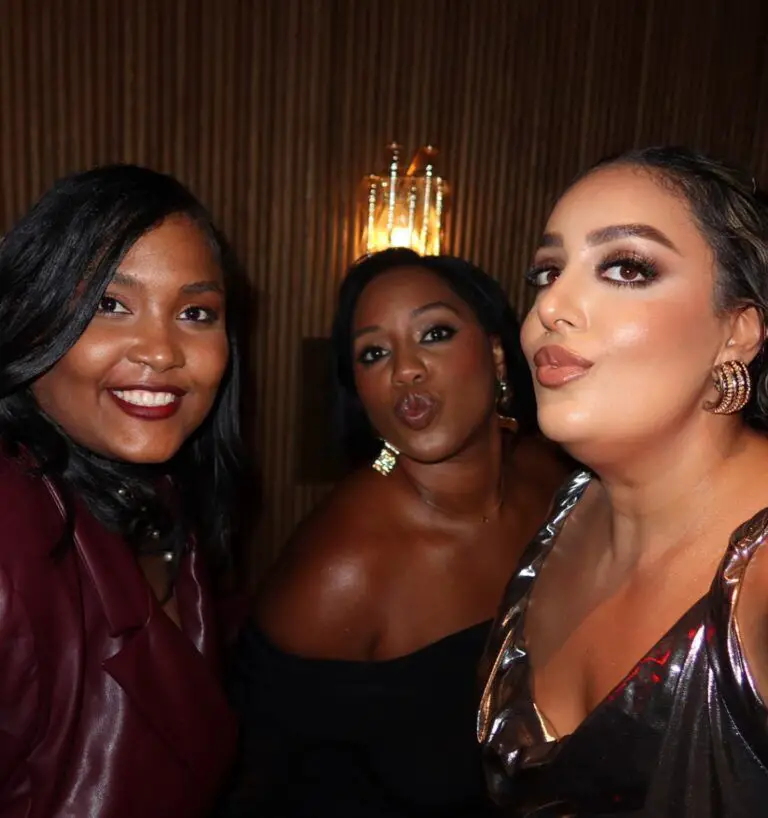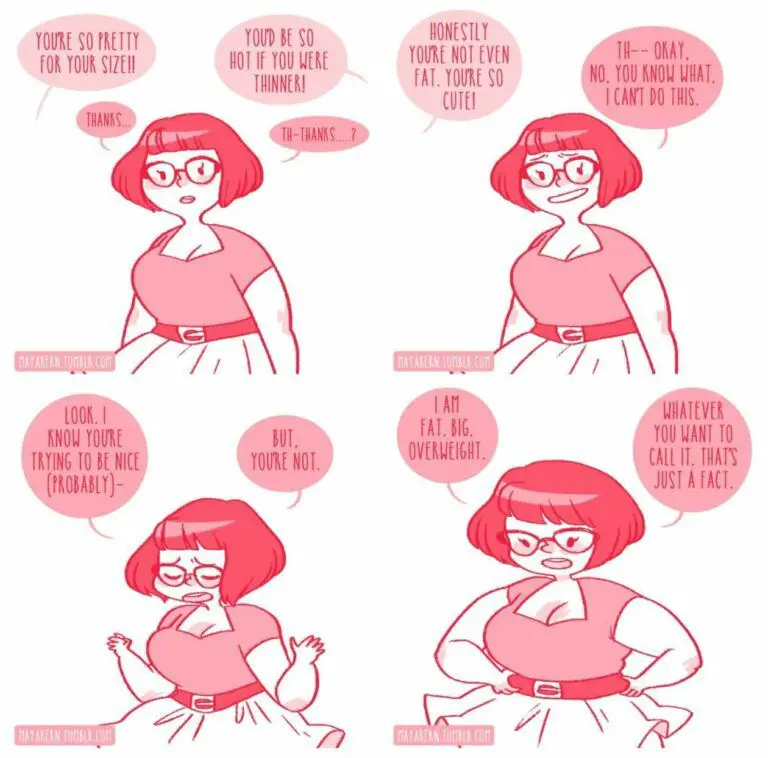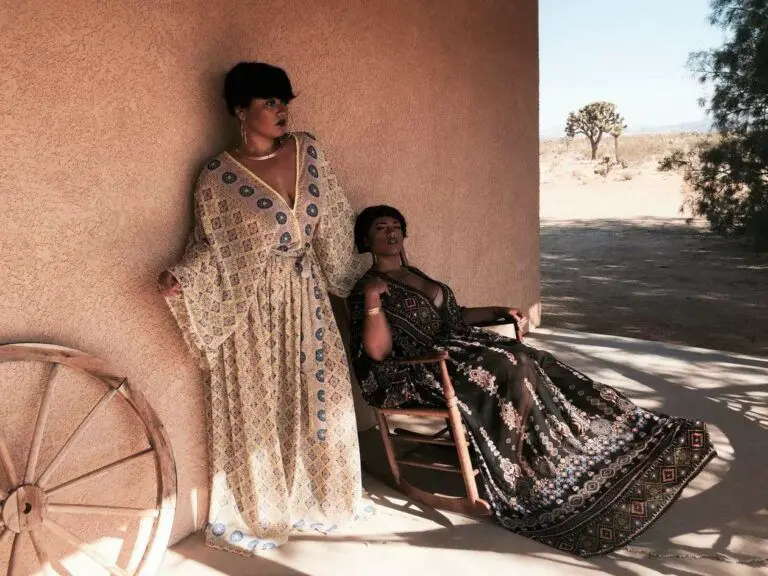By guest writer, Victoria Pousada
Growing up, I never saw anyone who looked like me in the pages of fashion magazines or on runways. I’m a queer, neurodiverse, petite-plus, hispanic model. That sentence alone holds so many identities that, historically, the fashion world has marginalized, ignored, or tokenized. My journey into fashion has not been traditional—it has been emotional, political, and deeply personal. But more than anything, it has shown me the transformative power of being seen and how vital intersectional representation is.
I remember being a young girl, hoping for, searching for someone whose body, culture, or essence mirrored my own in the shows I watched, the commercials that came on, and the billboards I saw. It was a fruitless search. The ideal model was always tall, thin, and conventionally feminine. Anything outside of that was considered niche or, worse, invisible. It planted seeds of self-doubt and confusion in me, as if I had to contort myself into someone else’s vision of beauty to be worthy. But deep down, I knew that wasn’t the truth. And I refused to spend my life erasing myself.
When I first started modeling, I walked into rooms where I was the only plus size person and the only one of average height. I could feel the discomfort in the room when I introduced myself with confidence and refused to apologize for taking up space. Or, the lack of acknowledgement at all. I wasn’t just asking to be included—I was asking to be valued for who I am.

There have been moments of triumph. Walking in London Fashion Week as a petite-plus model was a dream that I never thought possible. Seeing myself featured in publications that once felt like gated communities reminded me that change is possible, even if it’s slow and imperfect. And when other queer, neurodivergent, or petite-plus people message me to say, “I’ve never seen someone like me doing this,” I remember why I keep going. Intersectional representation is not about vanity—it’s about validation, empowerment, and truth.
But it hasn’t all been runway lights and editorials. There’s a constant emotional toll in navigating an industry that still clings tightly to rigid beauty standards. I’ve been told I’m “too much” and “not enough” in the same breath. Too curvy. Too short. Too outspoken. Too outspoken. The message was always: be less of yourself, and maybe then you’ll fit in.

But intersectionality has taught me that my power lies in being more of myself, not less. Every layer of my identity brings with it a perspective that the industry desperately needs. My queerness helps me understand gender fluidity in fashion. My neurodivergence brings creativity, empathy, and detail to my work. My diverse background connects me to a rich cultural heritage of color, rhythm, and resilience. My petite-curve body tells the truth about the spectrum of beauty that exists beyond size charts.
There’s More to Intersectional Representation than You May Think
Intersectional representation in fashion isn’t just about checking boxes or diversity optics. It’s about shifting the narrative so that people like me, and who aren’t like me, aren’t an exception—we’re part of the norm. It’s about creating spaces where models don’t have to choose which part of their identity to highlight and which to hide. It’s about acknowledging that fashion, at its core, is a reflection of who we are and who we dream of becoming.
And body inclusivity is a more intersectional subject than people realize, because the beauty standard of thinness is directly related to European beauty standards. To be thin is to be beautiful, and to be thin is to be white. These harmful notions have plagued fashion for far too long. And ironically, the European beauty standard hurts European people with short and plus size bodies. So this antiquated notion doesn’t even entirely aid its creators and original benefactors. It solidifies that exclusive ethno-corporal practices benefit no one.
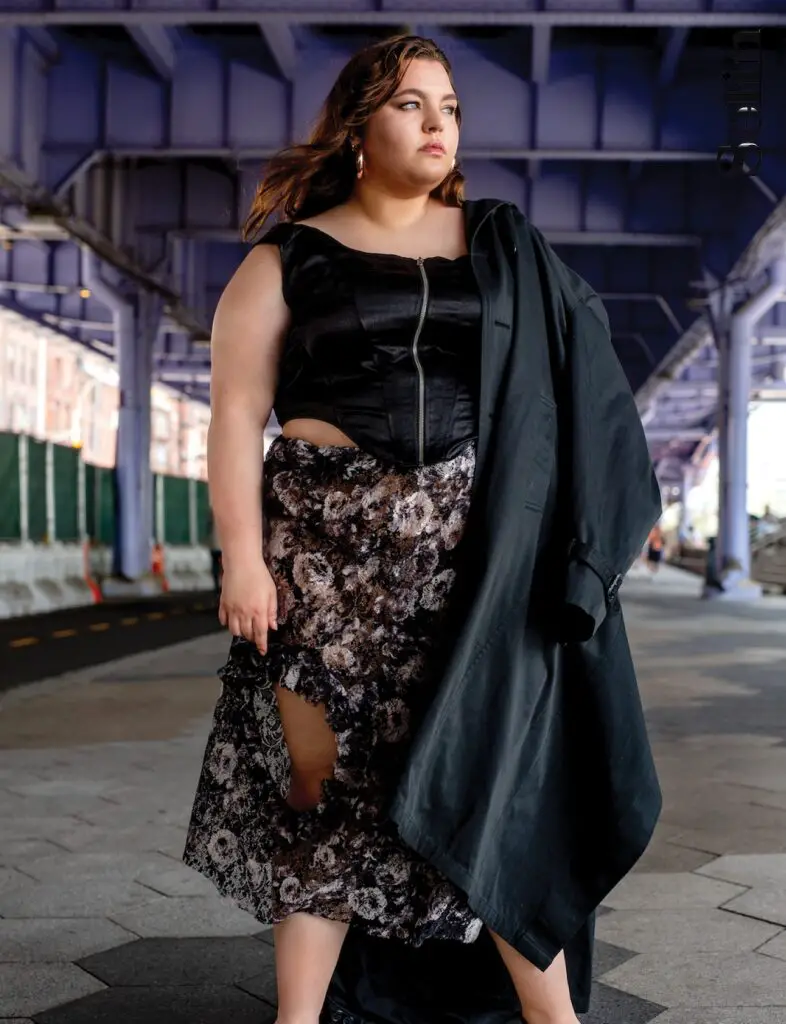
I dream of a fashion industry where runways look like real sidewalks, where the spectrum of identities is celebrated, not merely tolerated. Where being queer doesn’t mean being typecast. Where being Hispanic doesn’t require an accent or stereotype. Where neurodivergence isn’t treated like a flaw but recognized as a unique way of seeing and interacting with the world. Where being petite-plus doesn’t mean being an anomaly, but simply another dimension of beauty.
Being seen isn’t about being famous. It’s about being understood. It’s about standing on a set or in a fitting room and knowing you don’t have to explain yourself, shrink yourself, or split yourself in two. It’s about having your whole story honoured.
I’ve learned that my body, my voice, my mind—they all deserve space in this industry. Not just because I fight for it, but because they have value in and of themselves. And if by showing up fully I help someone else feel seen, then every challenge has been worth it.
The fashion industry still has a long way to go. But intersectional representation isn’t a trend—it’s a necessity. Because the moment someone sees themselves reflected, they begin to believe in their own power.
And that belief? That’s where real beauty begins.
Did you learn something new about intersectional representation? Let us know in the comments.

